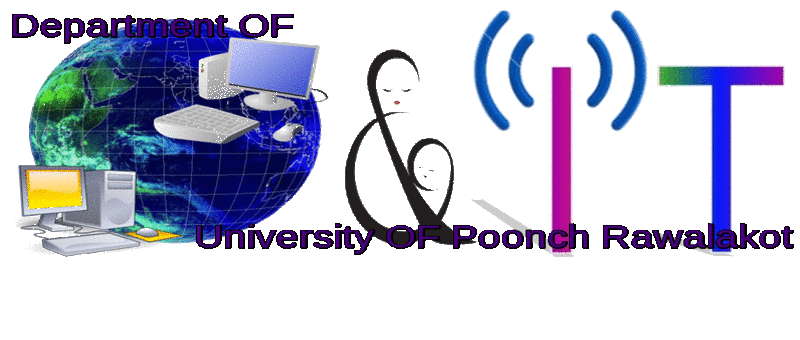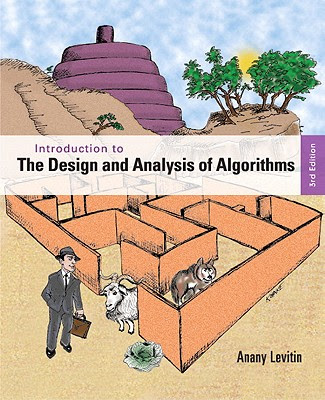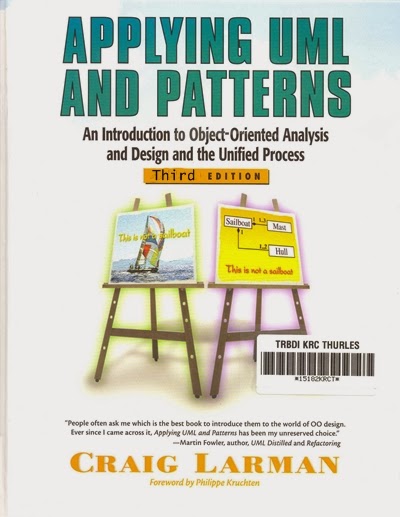Table Of Content:
- Introduction to the course
-Database definitions
-Importance of the Databases
-Databases and Traditional File Processing Systems.
-Advantages of Databases
-Difference between Data and Information
-Further Advantages of Database Systems
-Cost Involved
-Importance of Data
-Levels of Data
-Users of Database Systems -Database Architecture
-The Architecture
-External View (Level, Schema or Model)
-Conceptual or Logical View
-Internal or Physical View / Schema
-Data Independence:
-Functions of DBMS
-Preliminary Study
-Database Development Process: Approach 2
-Tools Used for Database System Development:
-Data Flow Diagrams
-Types of DFD
-Data Dictionary
-Database Design Phase
-Types of Data Models
-Types of Database Design-Entity-Relationship Data Model
-The Entity
-Classification of entity types.
-Attribute
-Types of Attributes.
-Summary:
-Exercises
-Attributes
-The Keys
-Types of Relationships
-Dependencies..
-Enhancements in E-R Data Model
-Super-type and Subtypes
-Inheritance
-Super types and Subtypes
-Specifying Constraints
-Completeness Constraint
-Disjointness Constraint
-Subtype Discriminator
-Steps in the Study of system
-Identification of Entity Types of the Examination System
-Relationships and Cardinalities in between Entities
-Conceptual Database Design
-Logical Database Design
-Relational Data Model
-Introduction to the Relational Data model
-Mathematical Relations
-Database Relations
-Database and Math Relations
-Degree of a Relation
-Mapping Relationships
-Binary Relationships
-Unary Relationship
-Data Manipulation Languages
-Relational Algebra
-The Project Operator
-Types of Joins
-Theta Join
-Equi–Join
-Natural Join
-Outer Join
-Semi Join
-Relational Calculus
-Tuple Oriented Relational Calculus..
-Domain Oriented Relational Calculus
-Normalization
-Functional Dependency.
-Inference Rules
-Normal Forms
-Second Normal Form
-Third Normal Form
-Boyce - Codd Normal Form
-Higher Normal Forms
-Normalization Summary
-Normalization Example
-Physical Database Design
-The Physical Database Design Considerations and Implementation
-DESIGNING FIELDS
-CODING AND COMPRESSION TECHNIQUES
-Physical Record and De-normalization
-Partitioning
-Physical Record and Denormalization
-Denormalization Situation 1
-Partitioning
-Vertical Partitioning
-Replication
-Reduced training cost
-MS SQL Server
-Rules of SQL Format
-Data Types in SQL Server
-Categories of SQL Commands
-Alter Table Statement
-Select Statement
-Attribute Allias
-Data Manipulation Language
-ORDER BY Clause
-Functions in SQL
-GROUP BY Clause
-HAVING Clause
-Cartesian Product
-Inner Join
-Outer Join
-Semi Join
-Self Join
-Subquery
-Application Programs
-User Interface
-Forms
-Tips for User Friendly Interface
-File Organizations
-Hashing.
-Hash Functions
-Hashed Access Characteristics
-Mapping functions
-Open addressing:..
-Index
-Index Classification
-Ordered Indices
-Clustered Indexes
-Non-clustered Indexes..
-Dense and Sparse Indices
-Multi-Level Indices
-Views
-To Focus on Specific Data
-Characteristics /Types of Views
-Characteristics of Views
-Updating Multiple Tables
-Materialized Views
-Transaction Management
-The Concept of a Transaction
-Transactions and Schedules
-Concurrent Execution of Transactions
-Serializability
-Lock-Based Concurrency Control
-Deadlocks.
-Incremental Log with Deferred Updates..
-Incremental Log with Immediate Updates
-Concurrency Control..
-Uncommitted Update Problem
-Inconsistent Analysis
-Serial Execution
-Serializability.
-Locking
-Locking Idea
-DeadLock.
-DeadLock Handling
-Deadlock Resolution
-Timestamping rules


































